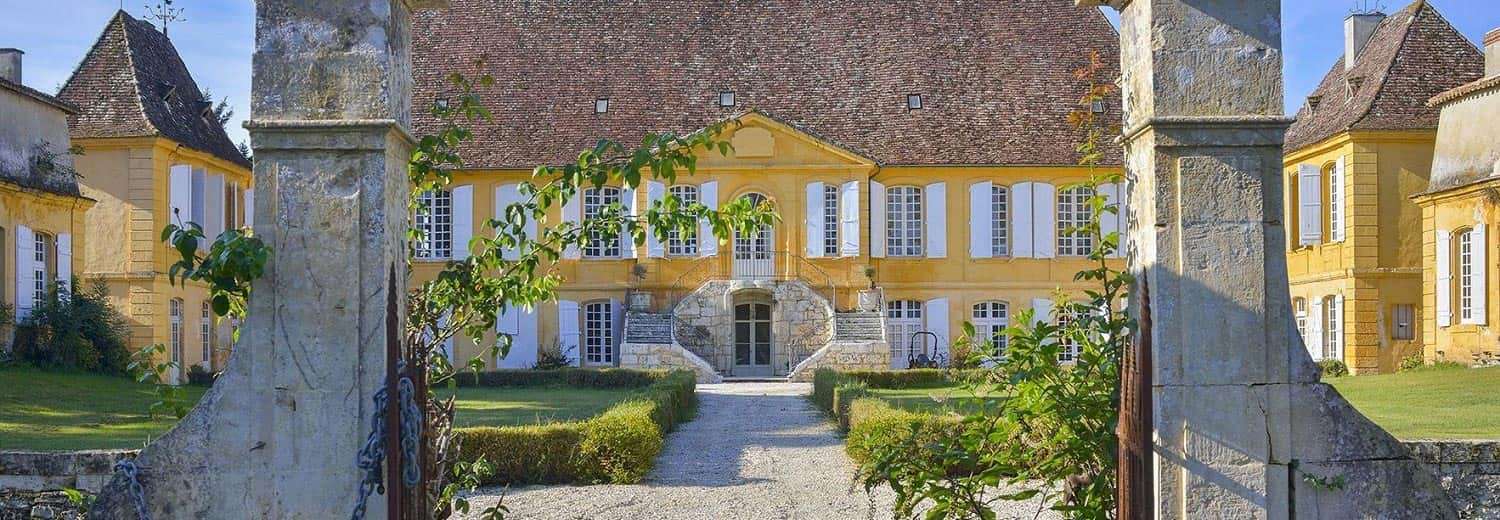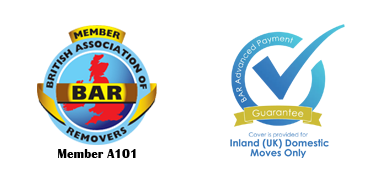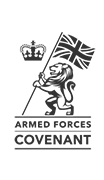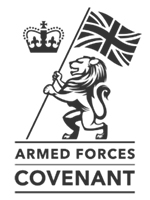GET A QUICK, FREE QUOTE
Rated 'Excellent'
on Trustpilot
ECMT International
Removals Permit
British Association
of Removers
Eco Friendly
Removals
Our Removals Service Includes…
For removals to and from Soyaux.
Call Now 0808 175 1966
Soyaux
Where you can shop till you drop and activities are plentiful
A shopper’s paradise is on offer in the Charente Department! Lesser known than its neighbouring towns of Cognac and Angouleme, Soyaux is brimming with shops and businesses.
It has two main shopping areas – the Recoux area to the north, and the Croix Blanche area to the east, with a printing firm and a plastic packaging firm and the regional bank of Crédit Agricole Charente-Périgord providing much of the jobs in the town.
The Croix Blanche features a Carrefour hypermarket.
There are also branches of home furnishings retail chain Conforama, garden store Jardiland and home and garden store Leroy Merlin.
In 2013, a new shopping area La Jaufertie was opened opposite the medical centre. The area is host to many popular chains including Auchan Drive, Flunch, Electrot Depot and Coiff’n Co.
In addition to all this shopping goodness, The Champ de Maneuver shopping centre offers food stores, a bakery, clothing, pharmacies, driving schools, hairdressers and tobacconists. If all that weren’t enough, Avenue du Général-de-Gaulle, the main road through the town, also offers many more shops.
There are also two open-air markets, place Lucien-Petit and place Jean-Jacques-Rousseau.
If you’d rather indulge in sporting activities the choices here too, are wide. There are five pitches, four gyms, a dance hall, a boxing hall, three outdoor and three indoor tennis courts, a bike track, skate park and fitness trail.
As you can imagine with all these facilities, the list of clubs and societies in Soyaux is LONG.
Numerous club practice sports of all kinds including karate, football, badminton, dance, gymnastics, judo, boxing and hiking.
Soyaux is east of Angoulême , on the road to Périgueux . It is part of Grand Angoulême , and it is the second most populated town after Angoulême.
The largest district of Soyaux is the Champ de Maneuver, a low-cost housing estate built in the 60s. Here there is a mix of five-storey flats and 14-storey tower blocks.
The older village of Soyaux is small, and sits north of the road to Périgueux. This is where the parish church is.
The town is naturally very wooded, with rivers and streams running through it. However the area has suffered with poor soil for crops.
Soyaux really began to grow in the 60s with the building of the Champ de Maneuver on a former army training ground.
The area around it was classified as a sensitive urban area in 2004 and it has a population of about 4,600 – about half of the whole town’s population are here. Ten years ago, it was the subject of a vast urban renewal program.
Soyaux has a beautiful recently renovated Romanesque church, the Church of Saint-Mathieu. It was built during the second half of the 12th century and is listed as a historic monument.
Soyaux has many wash houses and fountains, including the Charlemagne fountain and the Font du Cerisier at the bottom of the hamlet of Pétureau.
Soyaux History
The town was once bordered to the south by the Chemin des Anglais, a former Roman feudal road from Angoulême to Limoges.
Hospitals for lepers were built here in the Middle Ages to keep the sick away from the city. At the beginning of the 20th century there were still hamlets that once housed the lepers – the Maladrie and the Grand Chemin.
This feudal way then became road Angouleme Montbron before becoming the current road, the D 699 which passes through the Maison d’Ardoise crossroads to Limoges.
On the Recoux plateau, a Neolithic dwelling was found, as well as some tools and ceramics from Tène III. Just to the east, at Font Noire, canals, ceramics and tegulae show Gallo-Roman occupation, with a probable villa.
A large cemetery with sarcophagi was discovered around 1850 west of Pétureau. Remains of buildings bore the name of the town of Roulle. An old Roman road, the Chemin des Anglais formed a border with L’Isle-d’Espagnac.
In the 19th century the town was known for horse racing – the high society of Angouleme would visit Soyaux for several days to enjoy the pursuit.
One of the principal sources of income in the 20th century was quarrying. Local stone was used to build the town hall of Angoulême.
Removals service
Whatever your removal needs we can handle it – we’ve been moving people for nearly 50 years and know how to deal with any situation.
If you call us on 0800 917 1015 or email enquiries@armishaws.com we’ll give you a competitive quote – fast.
Armishaws can move you to or from anywhere in the UK or Europe. We have lots of fully-trained staff and a fleet of modern vehicles.
Armishaws always work to the highest standards – we have held the BSEN 12522 certificate since 1999.
Why Choose Armishaws for your move
- Up the road or round the world – up to you!
- Part loads undertaken
- Shipping around the world
- Moving to France, Spain and Portugal? We know what we’re doing!
- Storage services
- Friendly staff
- We can wrap and pack for you
- The Armishaws family have been in removals since 1973
- Free surveys and same day quotes available
Armishaws can design a service to fit any need. We have multiple branches and we are the best local choice, with a reliable team providing a fantastic value service to make moving or storing your possessions a piece of cake. We have loads of experience in helping with moves to anywhere and everywhere.
For Free Advice and a Quotation call 0800 917 1015
Why move to Soyaux?
There is so much to do here in Soyaux – almost every sporting activity is covered. A short drive away there are many beautiful walks in the open countryside.
Properties in Soyaux
Check out properties for sale in Soyaux on rightmove.co.uk.
Transport Links
Soyaux is crossed by the D 939, former national road 139 from La Rochelle to Périgueux by Angoulême.
The town is bypassed by the east bypass of Angoulême (D 1000), to Puymoyen and Angoulême.
The D 121 also crosses the town, from the D 939 to Isle-d’Espagnac and Gond-Pontouvre . It passes through the Old Town and the Rochers.
Local attractions
The Garden of Scents and Flavors (allée de la Combe Cailloux, near the old town) was created by the town hall in 2004 and boasts 10 species and varieties of old roses, 14 species and varieties of fragrant climbing plants, 14 species and varieties of fruit shrubs, a collection of santolines and a collection of lavender, 20 species and varieties of scented shrubs and 46 species and varieties of aromatic plants.
The garden is open all year round, and entry is free.
The Les Brandes recreation area on the site of the old zoo offers seven hectares of wooded land with picnic places and games.
Les Brandes de Soyaux a former military ground of 70 ha of protected moors. The city has set up an 4.5km educational discovery trail there, which allows visitors to discover the remarkable flora and fauna of the site.
The Henri-Matisse centre hosts numerous exhibitions and theatrical performances.
Schools near Soyaux
Soyaux has two colleges and a public high school.
There are also five elementary schools and five public nursery schools.














